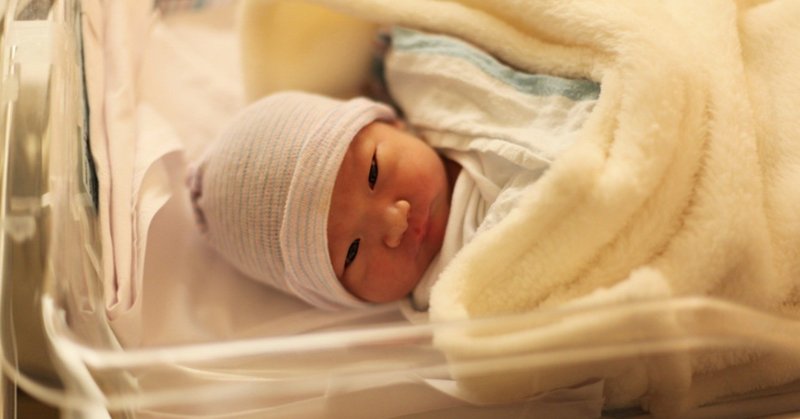
Increasing HIV Drug Resistance in Newly Diagnosed Infants 2019年10月23日 新たに診断された乳児のHIV薬剤耐性の増加
Bradley van Paridon
According to data published in BMC Infectious Diseases, nonnucleoside reverse transcriptase inhibitor (NNRTI) resistance has increased among newly diagnosed infants who live in a high HIV prevalence setting where maternal antiretroviral therapy (ART) coverage increased across years.
Researchers conducted a sub-study of 3 nationally representative cross-sectional surveys in South Africa in 2010, 2011 to 2012, and 2012 to 2013 to address several questions surrounding mother to child transmission of HIV. One goal was to determine the prevalence of drug resistance among infants aged 4 to 8 weeks who tested positive for HIV via polymerase chain reaction (PCR). Researchers used dried blood spot samples from 220 infants who had a positive HIV PCR and analyzed for HIV drug resistance at the National Institute of Communicable Diseases in South Africa.
Researchers detected HIV-1 drug resistance in 51% (95% CI, 45%-58%) of all infants with a positive HIV PCR. In 2010, 2011, and 2012, respectively, drug resistance, specifically to the NNRTI drug class, was 37% (95% CI, 28%-46%), 64% (95% CI, 53%-74%) and 63% (95% CI, 48%-77%; P <.0001). In a pooled analysis across all surveys, infants whose mothers received ART showed the highest prevalence of resistance at 74%, compared with 26% of infants who had a positive HIV PCR had no or undocumented ART drug exposure—either via their own treatment or via maternal treatment with ART.
BMC Infectious Diseasesに掲載されたデータによると、非ヌクレオシド逆転写酵素阻害剤(NNRTI)耐性は、母体の抗レトロウイルス療法(ART)の対象範囲が年々増加する、HIV感染率の高い環境に住んでいる新たに診断された乳児の間で増加しています。
研究者は、2010年、2011年から2012年、2012年から2013年に南アフリカで3つの全国代表横断調査のサブスタディを実施し、HIVの母子感染を取り巻くいくつかの質問に対処しました。 1つの目標は、ポリメラーゼ連鎖反応(PCR)を介してHIV陽性と判定された4〜8週齢の乳児の薬剤耐性の有病率を決定することでした。研究者は、HIV-PCR陽性の乳児220人の乾燥血液スポットサンプルを使用し、南アフリカの国立伝染病研究所でHIV薬剤耐性を分析しました。
研究者は、HIV-PCR陽性の全乳児の51%(95%CI、45%-58%)でHIV-1薬剤耐性を検出しました。 2010年、2011年、2012年には、それぞれNNRTI薬物クラスに特有の薬剤耐性は37%(95%CI、28%-46%)、64%(95%CI、53%-74%)および63でした%(95%CI、48%-77%; P <.0001)。すべての調査のプール分析では、母親がARTを受けた乳児は抵抗性の有病率が74%と最も高く、HIV-PCR陽性の乳児の26%は、自身の治療やARTによる母体治療から。
The reliance on self-reporting of maternal and infant programs to prevent mother to child transmission prophylaxis during the time of data collection for the current pregnancy and lack of information on possible program exposure during any prior pregnancies were limitations of the study. Investigators also noted that conventional specimen sequencing strategies were used, and it can be expected that more sensitive strategies will increase the frequency of drug resistance mutation detection. Further, the study could not provide an understanding of the effect of prolonged daily nevirapine exposure or option B+ prophylaxis on the prevalence of HIV-1 drug resistance in infants beyond age 8 weeks.
現在の妊娠のデータ収集時の母子感染予防を防ぐための母子プログラムの自己報告への依存と、過去の妊娠中のプログラム曝露の可能性に関する情報の欠如は、研究の限界でした。調査官はまた、従来の検体シーケンシング戦略が使用されたことに留意し、より高感度の戦略が薬剤耐性突然変異検出の頻度を増加させると予想できる。さらに、この研究では、8週齢を超える乳児のHIV-1薬剤耐性の有病率に対する、毎日のネビラピンの長期暴露とオプションB +予防の効果について理解することはできませんでした。
この記事が気に入ったらサポートをしてみませんか?
